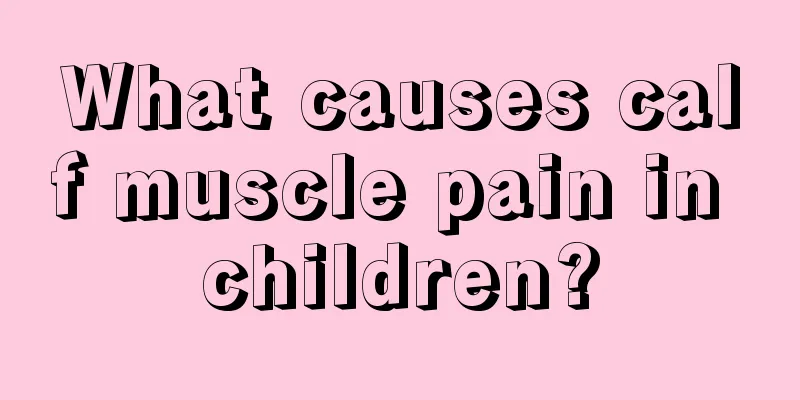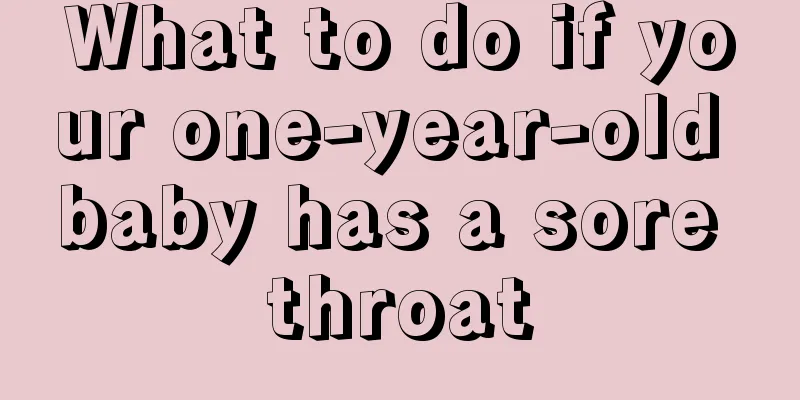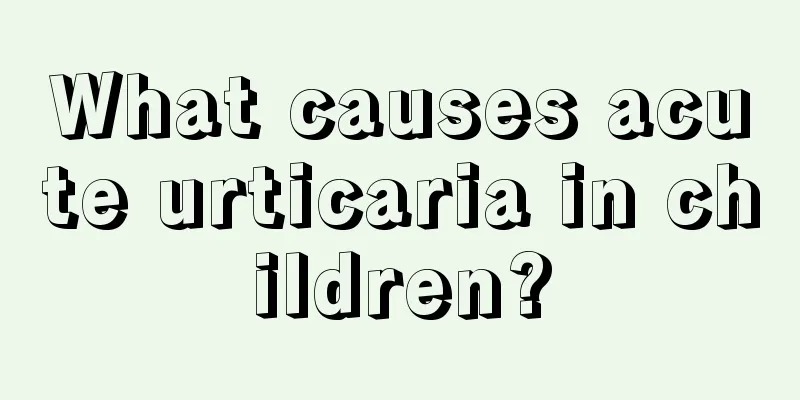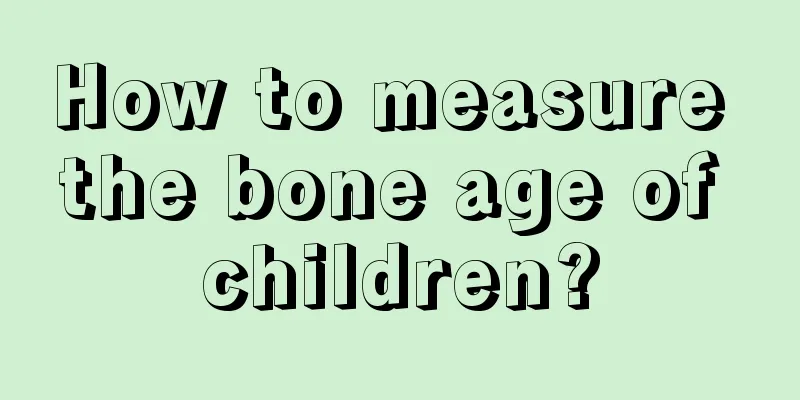What should I do if my child has a fever and cold hands and feet?

|
Because children's organs are not fully developed, their immune function and disease resistance are not as strong as those of adults. If parents do not take good care of their children, children are prone to various diseases. Therefore, we recommend that parents must learn some knowledge of pediatric care. One symptom that children are prone to is fever and cold hands and feet. Below we will introduce what to do if children have a fever and cold hands and feet. Why does a child have a fever and cold hands and feet? During a fever, the body will feel cold because after the baby's body is infected, the circulation in the body becomes poor, resulting in cold hands and feet. Usually chills are an early symptom of a fever, and the baby will feel cold and shiver all over. In addition, the baby's nervous system is not yet fully developed, and the autonomic nerves responsible for managing vasodilation and contraction are prone to disorder, causing the small blood vessels at the ends of the limbs to be in a spasmodic contraction state and become cold when the high fever first occurs. In this case, parents should let the baby drink more water to warm the baby's body and relieve the baby's coldness. What to do if your child has a fever and cold hands and feet 1. Use antipyretics correctly. If the child's body temperature does not exceed 38.5 degrees, antipyretic drugs are generally not needed, but changes in body temperature should be closely monitored. If the child's body temperature reaches 39 degrees, in order to prevent heat cramps, under the guidance of a doctor, choose appropriate antipyretics for treatment, or use physical cooling methods, such as rubbing warm water on the armpits, groin, palms, soles of the feet and other areas with rich blood flow. 2. During treatment, you should drink more boiled water, which can not only replenish the lack of fluid in the body, but also help reduce fever. You can also take a hot bath to help cool down. Pay attention to your diet and don't eat too much meat. You should also rub your child's hands and feet frequently to promote blood circulation. Note: Some parents mistakenly believe that their children are afraid of the cold, so they wrap their children tightly with quilts or thick clothes, and let the children sweat, and the cold or fever will naturally go away. Little do they know that this approach will aggravate the child's symptoms. The practice of parents wrapping their children tightly will not only prevent the children's body temperature from being dissipated in time and cause it to rise higher and higher, but may even cause convulsions and seizures. In the above article, we introduced the reasons why children are prone to diseases. We recommend that parents and friends must pay attention to the care of their children. The above article gives us a detailed introduction to the treatment methods for children with fever and cold hands and feet. I believe everyone understands it. |
<<: What should I do if my child has a fever and cold hands and feet?
>>: What should I do if my child has a fever and cold hands and feet?
Recommend
What to eat for children with sinusitis? Six dietary treatments for you to choose
Sinusitis is a recurring disease, especially duri...
Is it calcium deficiency that causes the baby's late teething?
There are many factors that affect whether a baby...
12 year old breast development
Breast development at the age of 12 is a critical...
What causes baby's difficulty swallowing?
Swallowing is the most common and basic function ...
What is the development standard of a baby in March?
Parents with a three-month-old baby at home must ...
Is it good for children to eat lamb?
The disease of mutton is not unfamiliar to many f...
How to treat blisters on children's legs
Recently, many children have blisters on their le...
Causes of blue spots around baby's eyes
After their children are born, many parents will ...
Why does my child often feel dizzy?
Dizziness is not particularly common in children....
When do children start losing teeth?
Children's tooth replacement is actually a pr...
What should children eat when they have a cough and phlegm?
Children are prone to coughing problems. In fact,...
Several major hazards of babies sleeping with the light on
The physical health of the baby is what parents c...
The child has a fever at night and is fine during the day
For children with low immunity, fever is a very c...
What are the symptoms of low muscle tone in children?
Low muscle tone in children is a very serious pro...
What to do if the fever persists
In daily life, illness is the most common thing t...









